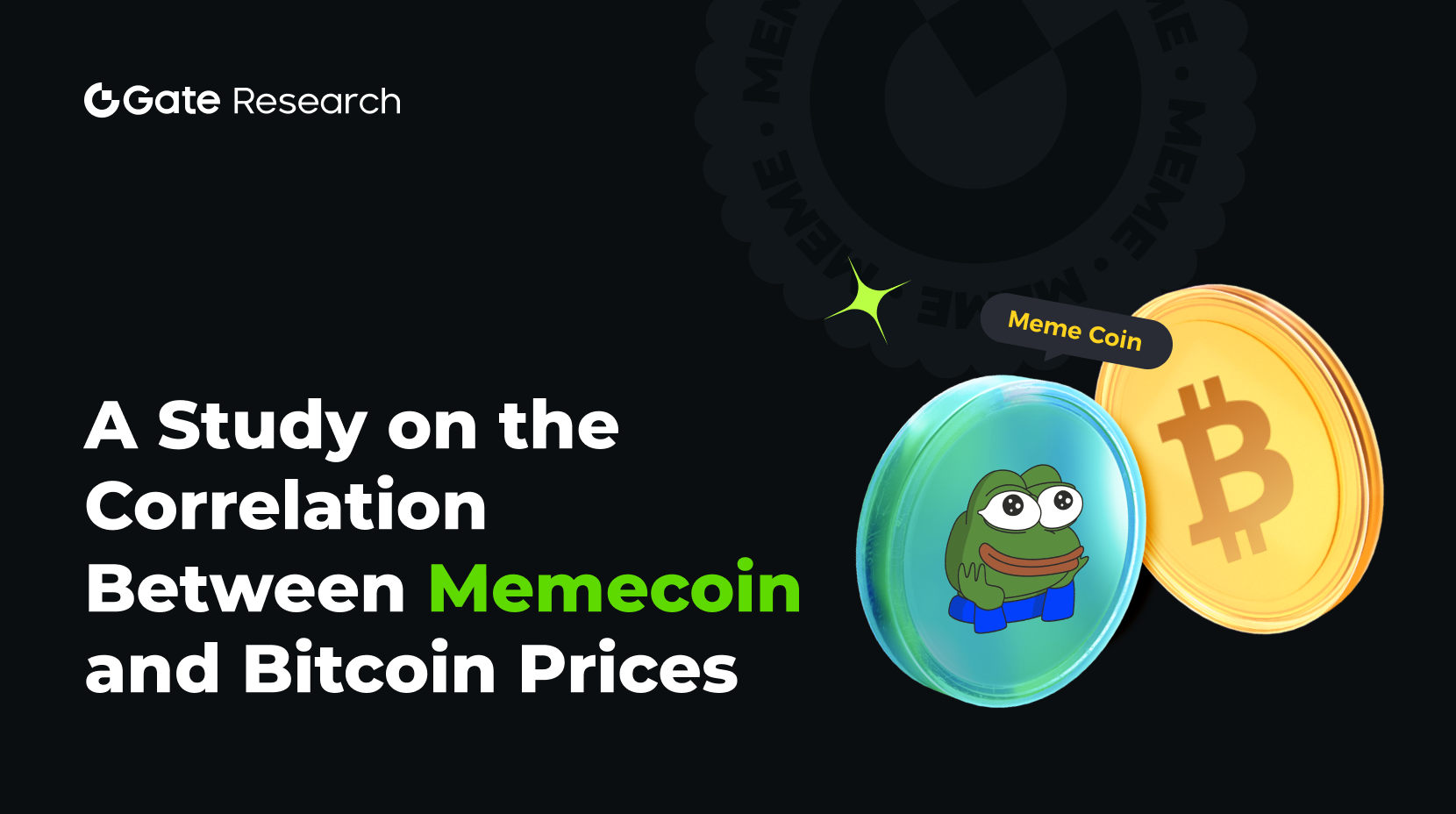amos definition

AMOS is a professional tool in the field of statistical software, with the full name "Analysis of Moment Structures," developed by SPSS and now owned by IBM. As a significant software in the field of structural equation modeling (SEM), AMOS allows researchers to specify, estimate, assess, and present causal relationship models in complex multivariate data. Through its graphical interface, it makes complex statistical analysis intuitive and easy to operate, providing researchers with a powerful platform to explore structural relationships between variables.
Market Impact of AMOS
As a statistical analysis tool, AMOS has had profound impacts on the market:
-
Academic Research Advancement: AMOS has greatly facilitated empirical research in psychology, sociology, marketing, and economics, enabling researchers to test complex theoretical models and verify causal hypotheses.
-
Business Decision Support: In corporate environments, AMOS helps analysts understand complex relationships such as customer behavior patterns, employee satisfaction factors, and brand loyalty drivers, providing data support for strategic decisions.
-
Methodological Innovation: AMOS has promoted the popularization and innovation of structural equation modeling techniques, lowering the barriers to advanced statistical analysis and enabling more researchers to apply these methods.
-
Data Analysis Ecosystem Integration: As part of the IBM SPSS product family, AMOS forms complementary relationships with other analytical tools, strengthening IBM's position in the data analysis market.
Risks and Challenges of AMOS
Despite AMOS's powerful capabilities, there are several important challenges in its use:
-
Technical Threshold: Although AMOS provides a graphical interface, effective use of structural equation modeling still requires a solid foundation in statistics; beginners may easily misunderstand or misinterpret results.
-
Model Specification Risk: Inappropriate model specification can lead to misleading conclusions; researchers may overfit data or ignore important potential relationships.
-
High Sample Requirements: AMOS analyses typically require larger sample sizes to produce reliable results, presenting challenges for data collection.
-
Alternative Software Competition: Open-source tools like R and Python packages for structural equation modeling offer free alternatives, challenging AMOS's commercial position.
-
Data Visualization Limitations: While AMOS has strong visualization capabilities for model building, it has less flexibility in result presentation compared to some emerging tools.
Future Outlook for AMOS
With the rapid development in the field of data analysis, AMOS's future development trends will be reflected in the following aspects:
-
Cloud Integration and Collaboration: AMOS is likely to enhance cloud functionality, enabling research teams to more conveniently share models and results, promoting remote collaborative analysis.
-
Machine Learning Integration: More integration of machine learning technologies with traditional structural equation modeling is expected, enhancing AMOS's ability to handle large-scale complex data.
-
Automated Model Optimization: Future versions may introduce more intelligent algorithms to help users automatically identify optimal model structures and parameter settings.
-
Cross-Platform Compatibility: Enhanced seamless integration capabilities with other analytical platforms and data sources, increasing application value in mixed analytical environments.
-
Interactive Learning Features: More comprehensive teaching modules may be developed to shorten the learning curve and help new users quickly grasp complex concepts.
AMOS holds irreplaceable value in the field of statistical analysis, especially for researching complex social science issues and multivariate relationship modeling. It combines statistical rigor with a user-friendly interface, allowing researchers to scientifically test theoretical hypotheses. Despite technical challenges and market competition, with the continuous growth of data analysis demands and ongoing methodological innovations, AMOS maintains a solid position as a professional statistical analysis tool. For researchers and analysts who wish to deeply understand complex variable relationships, mastering AMOS remains a valuable professional skill.
Share
Related Articles

Gate Research: 2024 Cryptocurrency Market Review and 2025 Trend Forecast

Gate Research: BTC Breaks $100K Milestone, November Crypto Trading Volume Exceeds $10 Trillion For First Time
